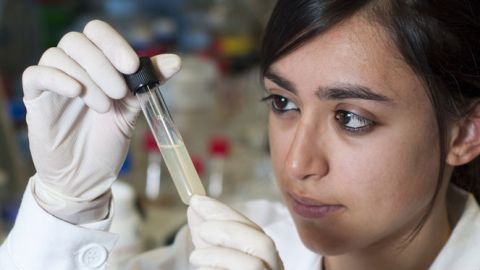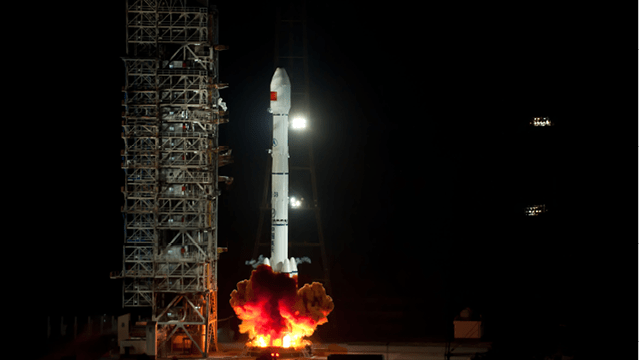Periodic Tables, Gender Bias and Stereotypes

Science and stereotypes have been inextricably linked for centuries. Take the periodic table; it is nothing but a set of stereotypes of how atoms of elements behave. Some are more reactive than others and it all has to do with where they live on the table.
Periodic table stereotypes are acceptable in science. But bias towards women and under-represented groups in science is not. Unfortunately, stereotypes happen all the time if you are neither pale nor male.
Now we have evidence of this dark secret of bias in science. Last year, an elegant study performed by Yale scientists reported in PNAS. The researchers used blind tests by giving potential employers similar resumes of potential candidates. The resumes were the same, but one was affiliated with John and the other with Jennifer. (There were no Johns are Jennifers harmed in this study, they were false names on false resumes.) Additionally, the candidates were not stellar candidates. They were ‘good-enough’ scientists but not future stars.
The data came back and John was always rated higher than Jennifer. John was also offered more money. Ouch!
For many scientists, like myself, this report was not surprising. But, science lives in a world of data and so now that we have real evidence we must do something real about it.
In 1999, MIT created a robust study about hiring practices at its institution. It aired out pretty dirty laundry and the hiring practices kept the percent of women on the faculty low at about 7% over a 10-year window—women were not hired and not promoted. The report also noted the tenuring practices had bias. Data from MIT was a wake-up call.
Bias is a reality in science. Science is a conservative game that is ironically less apt to embrace the new because it is so connected to fundamentals. This is a fine posture to have when exploring a new proof or breakthrough. It is important to have a contrarian “no” posture to make sure you ask the right questions and don’t adopt a theory on ether. Science starts from the position of no.
But, this posture is outdated when in comes to women and other under-represented groups in the sciences. We (and I say that as a woman and person of color) have been in the science game for far too long for this posture to be appropriate. Unfortunately, there is no memory in the system of the role of women in the sciences.
Most people don’t know this, but girls used to outnumber boys in physics and chemistry classes at the dawn of the 1900s. In John Latimer’s book What’s Happened to Our High Schools? he presents tables that show how girls were the majority in science classes. When our country was founded, girls and boys both took geography (which was the science of the day) and there was rarely a discussion that girls cannot do science. But by the end of the 1900s, the number of girls in science was obliterated.
Why so few? The organization AAUW spells out how we can get more women in the pipeline with their report thusly named. But, the presence of women was crushed due to several factors. It was a complex mixture of a backfired attempt to increase the prominence of home economics; an altruistic attempt to improve girls’ chances into college by substituting science with classics needed for college entrance; and good ole’ gender discrimination. The impact of the history of the home economics movement and college offerings are spelled out in Dr. Kim Tolley’s tome The Science Education of American Girls. But today, we get to learn about the last, and more ethereal component of bias.
Bias is real and it has impact on careers and lives and families. I recall a few years ago, I was the senior author on a materials science journal article where my co-authors had last names of Ni, Lee, Wu (with my name of Ramirez). One of the comments from the reviewers was to get a native English speaker to proofread the paper. So, the paper was rejected on those grounds. Science editors of journals are looking for reasons to say no—and this was enough. Ironically, I wrote the paper and English is the only language I know. And while I might break into slang or a colloquialism occasionally, I learned to write at Brown and Stanford. Additionally, one other co-author only knows English and learned to write at Harvard.
Scientists love to say no. So, we must not give them excuses to reject what is different and new.
I would suggest that hiring practices need to be blind studies. Software that removes obvious clues for bias should be applied, so that judgment can be made by skill. Also, a third party should monitor the hiring practices for bias (self-monitoring will not work). And training should be available to scientists to keep them aware of this issue.
Whether it is Kevin Jones, Kathy Jones or Keisha Jones, should not matter. What matters is the quality of their science.
Dr. Ainissa Ramirez (@blkgrlphd) is a materials scientist turned science evangelist, who is passionate about getting kids of all ages excited about science. Before taking on this call, she was an associate professor of mechanical engineering & materials science at Yale University. She has published numerous scientific articles and wrote the book Save Our Science by TED Books on how to inspire the next generation with science. Currently, she is writing a book on the science behind football with NYT best selling author Allen St. John called Newton’s Football (Random House).





